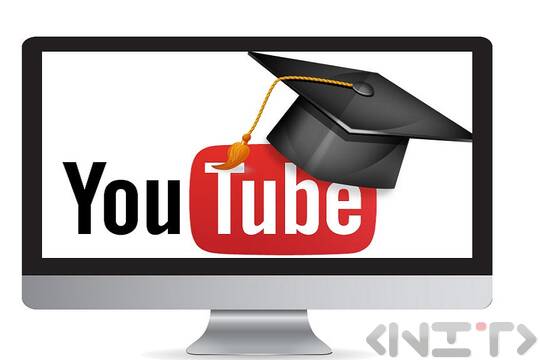
Approximate reading time: 2m 29s
YouTube can make any online learning experience much more interactive, informative and engaging. In this article we will discuss the different ways this can be achieved and how they will ensure the success of your elearning strategy.
1. You can create themed playlists on YouTube.
On YouTube, you can create themed playlists (playlists for each subject in your online training) for your learners to use during their online training. YouTube is ideal for use in asynchronous training as it removes the need to hand out links for each video to each of your individual learners.
2. Use YouTube as a place to showcase your webinars and presentations.
YouTube allows eLearning professionals to create videos, whether in webinar or presentation form. These videos are an invaluable tool before an exam and even after the training is over, as they allow learners to recall specific moments from the course at any time.
Posting these types of videos on YouTube will also help attract new people to join the next course - they will have had the opportunity to see exactly what the online training is about, how it is presented and whether it will be useful to them.
3. Ask your learners to upload their own videos to YouTube.
You can ask your learners to upload YouTube videos summarising what they have learned about a particular topic from your online training. This will not only boost engagement with the learning process, but help them improve their own design and creativity skills. Of course, you need to give them clear guidelines so they don't stray from the topic and know exactly what is expected of them. You need to tell them what the length of the video should be, what kind of content it can include, etc. In addition, you should provide them with various resources to use in the process of creating it, such as free photo editing and audio recording tools.
4. Use the ability to upload videos to YouTube as a way to enhance understanding of the more complex moments of your online training.
The more complex moments of any training are difficult to represent with text and images alone. But YouTube videos can illustrate a complex concept or process by visually representing the steps involved.
5. Use security settings and share YouTube videos only with certain groups.
You can use YouTube's security settings to determine which individuals will have access to the videos you upload. This option is well suited for professionals who offer invitation-only events or want to allow a colleague to evaluate the presentation before it is integrated into the online training.
Of course, if you want a video to be available to all your trainees, you can set its public status.
6. Encourage interaction between learners by assigning projects related to watching or creating YouTube videos.
Ask learners to explore a topic further by watching a video together and then discussing it with their colleagues online. You can use one of the many online chat platforms, such as Google Hangouts, for the discussion. This way you can increase the interactivity of your course and allow learners to benefit from the experience and skills of their colleagues.
7. You can add annotations and links to additional resources to YouTube videos.
YouTube allows users to add annotations to their videos or links to additional resources, such as online articles, websites, or other videos. This way, your learners won't have to waste time searching for such materials and can concentrate on the more important part - learning them.
8. YouTube videos can also be used to create online training suitable for self-study.
You can use YouTube as a tool to create online training that is suitable for self-learning. For this type of training you can also create webinars, record lectures or presentations.
From what has been presented so far, it is clear that e-learning professionals can use YouTube in many different ways. Moreover, the video sharing channel can be integrated into any online course quite easily and quickly. Therefore, if you want to use videos and interactive training materials, YouTube is the perfect tool for you.
Source: http://elearningindustry.com/8-tips-effectively-use-youtube-in-elearning .